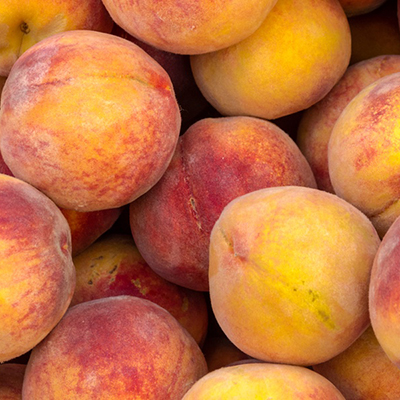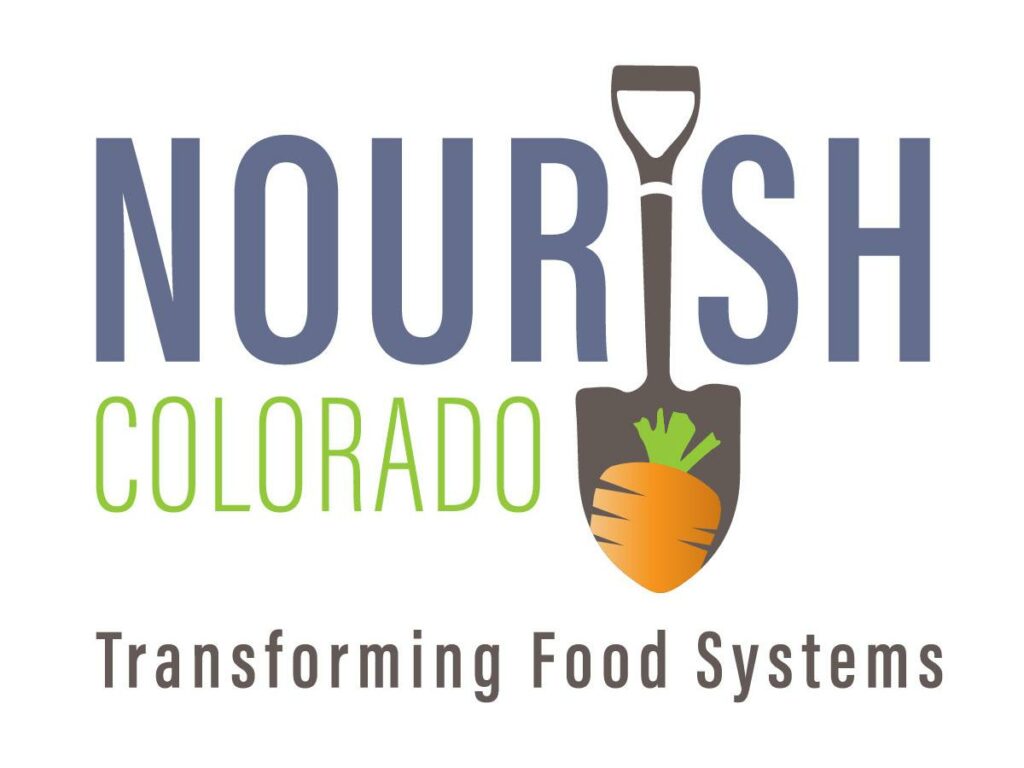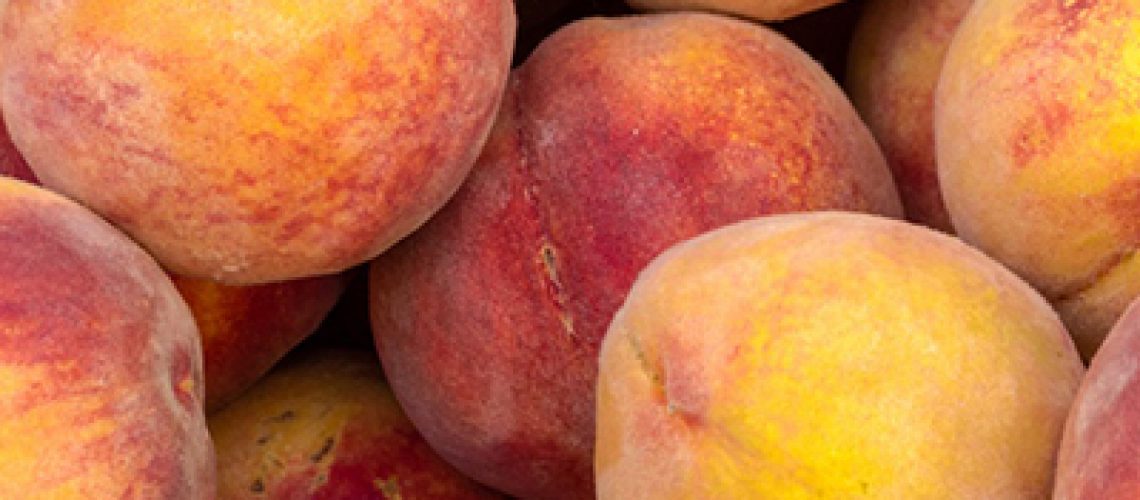Local Food Access, Equity, and Elitism
“Local food doesn’t just have to live in one place. It lives everywhere!”
By Wendy Peters Moschetti, Director of Food Systems, LiveWell Colorado
 *Editors note: This story originally appeared in Local Food Shift Magazine.
*Editors note: This story originally appeared in Local Food Shift Magazine.
Who doesn’t want to live in a world where everyone has relatively easy access to the plentiful foods needed to nourish them? But the reality is we are far from that dream. Approximately 19 percent of Colorado households don’t know where their next meal will come from or are forced to compromise on the foods they eat due to budget. Almost half a million Colorado residents use SNAP (Supplemental Nutrition Assistance Program, formerly known as food stamps) on a regular basis.
In this second installment, I’d like to focus on the tension between “local” food and “equitable” food. Can the local food movement be for everyone? If there is a need to increase access to healthy, affordable foods for low-income families, does it matter where that food comes from? I get asked this often, yet I find the juxtaposition frustrating.
In tackling this area, I felt it was important to focus on those who participate in the food programs we say we are working to strengthen. I wanted to write an article with input from those whose experiences with food are very different from my own. I was a WIC mom. I have a son adopted from the foster care system, and WIC came with him, as well as SSI and Medicaid until he is 21. My experiences with these programs emerged out of choice and privilege, not out of urgency or necessity. That said, I learned more about food programs and social services as a recipient of WIC as well as every possible service offered by the county (you get a truckload of people in your life when you foster a neglected baby with a “special needs” designation) than I ever learned as a social worker.
This small experience made me realize who the experts in changing our food system are. But as a sign of how distant I am from this work, I called and emailed many community partners for this article; many could not connect me to a program participant to talk with, reflecting a challenge to the food movement. We are not always doing this together, despite our best intentions.
Stories from Eagle and Montrose Counties
Here I would like to share with you stories from Jennifer Crouch from Montrose County and Meighen Lovelace from Eagle County.
Meighen is a Rocky Mountain Farmers Union (RMFU) policy officer, a new member of the Colorado Food Systems Advisory Council, and a Leadership Council member of the Colorado Food Policy Network. She has lived in poverty most of her life, and today runs a farm in Avon where she grows food for the food bank and works as an advocate for healthy food access while raising two young daughters after having already raised her eldest daughter to adulthood.
Jennifer is a Certified Nursing Assistant and self-proclaimed “community connector” who has lived in Montrose for the past 17 years. Her “growing up” years were in several states: New Mexico, Texas, Maryland, and Florida. Her mother had a vegetable garden everywhere they lived. Jennifer kept that tradition and has always had a garden herself. She now has a couple of chickens as well. “Connector” is an understatement. Jennifer is a single mom with five kids, three of whom still live at home; while staying involved with parent committees, early childhood council, mental health center, special needs groups and much more. Her youngest child, who is 7, has Down Syndrome, which has added a whole other world to her “connections.” She has consistently used SNAP, WIC, monthly food bank visits, free and reduced school meals and other programs to help keep her family fed and nourished. Here is a woman who has experienced the ins and outs of every system.
Like so many others, Jennifer and Meighen are resourceful and committed moms. They recall deep traditions tied to food that others have lost—gardening and cooking. Both prioritize their kids’ needs over their own.
Jennifer’s mom gardened wherever they lived no matter how small the backyard, and taught Jennifer how to garden, preserve, cook, read labels, and comparison shop for the best prices and value for the money. She even published a cookbook of traditional family meals for Jennifer and her brother. The core of this starts with sitting down and having family meals, Jennifer believes. “We solved all the world’s problem at dinner!” she says.
Meighen’s family was similarly resourceful. They started farming in their backyard when she was young, and they would trade items for food. When she was a little older, Meighen worked at restaurants so she could have access to food, and bring home leftovers.
Both women value food, having been ingrained in them since they were young. And both mention several of the same buffers to hunger that they learned to practice—like learning how to make three meals out of what should have been one, how to shrink your stomach, and how this changes when you have kids and suddenly feeding them becomes your primary focus. Both women emphasize the importance of tapping into resources—the food bank, the churches, and the neighbors. Meighen points out, however, that this can be so much more challenging in rural settings, especially when you might have unreliable transportation.
The Connection
As I start interviewing her, Jennifer immediately hits at the heart of “the disconnect” between the food movement and daily realities for many Colorado families. When I explain my reason for writing this article and the connection between local food and why it matters, she immediately responds, “Most people are thinking about their next meal rather than the world’s problems.” She points out that the local food movement centers on the good things that will come—that if we all work at this, it will be better sometime in the future—but that might mean very little to someone who thinks, “Well, that is not going to feed me tonight.”
So how do we work together? How do we honor the reality that many in our state are taking one meal at a time, while building a food system that provides us all with healthier foods?
We might be able to start with our language. Jennifer says, “I just found out last Friday what ‘food insecurity’ meant.” She went to the Local Food Shift website I had directed her to, and she picked up right away on the jargon. And she read the interview questions I sent her in advance and noticed jargon too: I used “food insecurity” a few times in there, along with “health equity,” “local food system,” and “health disparities,” all in one short email. (That’s like a Quadruple Lutz, Wendy!)
She immediately asks that part of this piece be about the language of the movement. “Most of these words don’t mean a damn thing to anybody,” she says, in a polite way. This shift we are aiming for must be able to reach all of Colorado—including those who are illiterate, non-English speakers of many different races and ethnicities, those struggling with addiction or a million other pressing issues. No one thinks this will be easy, but Jennifer does feel it is important. She stresses the need to involve not just the elite few in moving this forward, but finding space for everyone. “There are people everywhere who want to make a difference, she says, “but we need to trickle this down from an elite program to a poverty program.”
Jennifer is still not sure “food insecurity” means anything. “Have I been food insecure? The only word that comes to mind is poor. Just call it what it is! People are wondering where their next meal is coming from, and a good parent is wondering where their kid’s next meal is coming from and that hopefully it will be nutritious.”
Meighen feels the word “insecurity” captures it well—that being food insecure is just that, fear of not having food. She, her family, and her children have all experienced that fear, and Meighen explains that feeling insecure makes one that much more appreciative of what you have when you have it. “When you do have food, there is a such a sense of gratitude,” she says. “I think it makes me look differently at food and at the way I see other people. It is not something I just assume is going to be there. I have to work for it, and labor to get my food.”
Meighen shares the positive relationships that can emerge, e.g., in laboring for food transfers into farming. Those with food insecurity, she says, “are constantly seeking food and feel connected to food more, so it is a natural pathway to agriculture, farming and working for your food.”
“Bringing awareness to food insecurity is my civic duty and my responsibility as a citizen of the world, to be a voice for those who may not be able to use their voice,” Meighen says. Her experience in advocating for a more equitable food system has been “a powerful journey at every step, and surprisingly for me, one that has turned into a journey of agriculture.”
“I never saw myself as someone who cares for the soils and plants the seeds, learning and sharing that skill set. It is very liberating when people realize that they can take back ownership of the system, and they can be the boss of that regardless of their economic position in life.”
This journey has led her to believe that the conversation must start with healthy food as a basic human right. Meighen is not talking about “leftover crap that someone gives you. You have the same right to fresh spinach as everyone else,” she insists. This is where the conversation starts. It is the human thing to do to provide everyone this kind of access.”
Does Local Matter?
When asked if local food matters regardless of socio-economics, Meighen launches into a string of considerations: “Does the produce come from the U.S.? Colorado? Your region? Whose economy are you supporting? Are you supporting your neighbor who is raising their kids and trying to make a living? And then how much petroleum are we using? And local food is fresher! It is alive, and we are getting the best stuff—the vitamins and minerals that have come out of the ground a day or two ago!”
Both Jennifer and Meighen touch on issues like carbon footprint and corporate control of the food system in relationship to the importance of locally grown foods, but both stress the importance of exposing their kids to fresh foods and new experiences. Both women repeatedly come back to building a sense of community and the connections that are made by and around food.
This past summer, Jennifer participated in the Local Farmacy Rx program in Montrose. Jennifer describes it as an 8-10 week class that brings families together, usually based on income eligibility, to learn about local crops and farms and related resources. It is scheduled for dinnertime so the class can put together a meal with local produce and eat together. Local growers come in and talk about their experiences and food, planting times, best foods to plant, and more. Other volunteers teach about nutrition and label reading, recipe reading, kitchen safety, when to shop for local produce in times of harvest, and, of course, lots of tips on how to keep children involved.
When asked why this program mattered to her, she provides many reasons—quality, taste, nutritional value, and importantly, community. She talks about the chance to work with what is growing in their backyard. They have farmers come in to talk with program participants. She sees the potential. “If you can support your local farm, then prices might come down since they might not need to sell elsewhere.”
As part of the program, Jennifer uses a stipend at the farmers market every Saturday. The experience has many benefits.
“I have had a hard time getting the kids to try new things, and I was worried about food going to waste. I thought I would try a little of this and that—and you know fresh food tastes so much better. And I got to talk to these people at these booths. It isn’t just local growers, but also local artisans, handiwork, local bakers, and things like that. All these people are trying to make a living. It is expensive, since everything going into it is expensive. But it doesn’t have to be, if we take our money back from big businesses and get more of our food from just a few miles up the road. I think it’s really cool. You can talk to these people about the best time to grow things and share information, as well as get produce.”
One of the best things about the program, she says, is the face-to-face time, and asking people what they are working on and why. Even without the voucher program, she is adamant she will continue to shop at the farmers market. Her son loves the people and the music! She also feels that these real human-to-human relationships work wonders at de-stigmatizing poverty in the community.
Meighen is also quick to express the power of face-to-face connections. For her, Produce for Pantries is a great way for the community that wants to give, a space to give.
“I think it is as rewarding for the people that grow and donate the food as those who receive it. When people donate food, people will interact with the clients that are there. They can have a meaningful exchange between the producer and the consumer in a way they have not experienced before. We learn that this rings true in the farmers market too. People can access food that is enriching the bodies of those who receive it and enriches the hearts of those who are growing and giving the food. Producers often have frustrating experiences with consumers, but this can be rewarding. It may not be financially rewarding, but it is spiritually rewarding.”
Both women value relationships. Jennifer says, “If I make friends with one of the farmers at the market and they say, ‘Hey, there will be a surplus, so drive by the farm tonight and pick up whatever you can grab,’ that is huge. But if we have a whole group of people do that, we can take it to a distribution center and then to families before the food spoils.”
But this is not all about charity. Meighen grows food herself. She honestly believes there are ways to structure a profitable business. She feels this kind of work with the community needs to be a part of a business plan, but that there are many ways to use extra yields and various price points. She asks that farmers start thinking about their community: who can’t get to my farm or my market? how accessible are we to whom? And then they can look at their business plans to find ways to wholesale products to partners who might be in a better position to serve low-income families. She is pragmatic and recommends that no one stretch their business plan too much. She just wants farmers to consider community partnerships in their plans.
When I probe about the elitism of the movement, Meighen replies, “There is a market for people of wealth to purchase at higher prices. That is their [producers’] value market. We don’t need to alienate producers who cater to that market or consumers who choose that life. There is a market for anything. That is their choice. Is it elitist? Well, you could say that about anything in our lives! Local food doesn’t just have to live in one place. It can live everywhere!”
Meighen is pragmatic in more ways than one.

